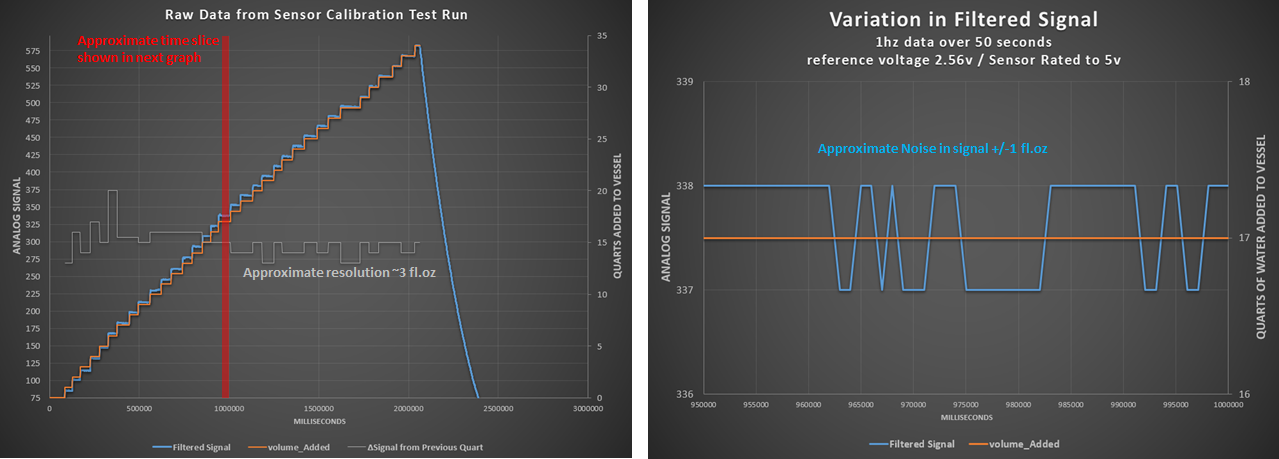Hi!
Apologies if this has been posted elsewhere, but I am looking to add some volume measurement to my brewery, and am interested in what people have found effective. (I am using a Raspberry Pi to run the system, if that is helpful to know)
Initially I was thinking of using the brewtroller method, but the need to hook each of the sensors to an aquarium pump, then calibrate the flow seems like a hassle (I am in an NYC apartment, so I need to set up/take down my setup each time).
I also saw some people have used float sensors, but I was hoping for non-discrete volume measurement.
I then saw these, but they are really pricey: http://www.atlas-scientific.com/product_pages/industrial/pressure_sensor_7_5.html
Has anyone found something similar at a more affordable price? What methods are you using to measure volume?
Thanks!
Bobstin
Apologies if this has been posted elsewhere, but I am looking to add some volume measurement to my brewery, and am interested in what people have found effective. (I am using a Raspberry Pi to run the system, if that is helpful to know)
Initially I was thinking of using the brewtroller method, but the need to hook each of the sensors to an aquarium pump, then calibrate the flow seems like a hassle (I am in an NYC apartment, so I need to set up/take down my setup each time).
I also saw some people have used float sensors, but I was hoping for non-discrete volume measurement.
I then saw these, but they are really pricey: http://www.atlas-scientific.com/product_pages/industrial/pressure_sensor_7_5.html
Has anyone found something similar at a more affordable price? What methods are you using to measure volume?
Thanks!
Bobstin






